The circular debt (CD) emerged as a perpetual menace ever since the Independent Power Producers (IPPs) surfaced on the power generation landscape of the country in the mid-1990s. Over the years, it has constantly increased and has now reached a level that threatens the economy and fiscal discipline of the state.
Successive governments attempted to fix it by doling out subsidies to keep afloat the ailing energy sector of the country rather than diligently working on the restructuring and reforming the power sector for a sustainable solution.
The incumbent government is no different from its predecessors in managing the circular debt except that the Finance Minister Ishaq Dar, in his second tenure as the finance minister, is doing the same thing twice - a short cut to get this immediate problem off his table.
This time around, the panic is driven by the gas sector which is reported to be nearing the liquidity collapse. The gas sector circular debt is reported to have increased to Rs 1,549 billion as of June 30, 2022.
The Finance Division this week constituted a 10-member committee on circular debt settlement of the gas sector with a timeline to submit report within 10 days after holding day-to-day meetings.
The Terms of Reference (ToRs) include a detailed mapping of gas sector circular debt stock as of June 30, 2022, segregating principal amount of debt, late payment surcharge (LPS), penalties and LDs among the public sector entities of petroleum and power sectors; to work out a comprehensive circular debt settlement plan through cash/ non-cash release adjustments; and to identify legal and procedural requirements to implement the CD settlement plan.
In this regard, another news of interest is that in a meeting held this week on ‘Prime Minister’s Strategic Roadmap’, presided over by the PM Shehbaz Sharif himself, the government has decided to raise a ‘Special Police Force’ to take stern action against electricity thieves with operational autonomy.
Also decided in the said meeting is the immediate large-scale rollout of smart meters through the private sector on the “pay as you go” model and outsourcing the management of feeders showing losses between 30 percent and 50 percent.
This model of financial therapy and aimless management and technological remedies to beat around the circular debt, has been in practice for decades — with no dent on the quantum of debt itself. Moreover, the solutions proposed in the said meeting are time-consuming and not likely to be on ground in the time available with the incumbent government. It is more of an exercise in passing the buck to the next government to start all over again.
Circular debt is the serious most issue for the economy and fiscal health of the state as it remains on tap with every passing minute resulting in its build up. The arrears that the government cannot pay to the power supply chain have now spiked to over Rs 2.5 trillion, a third of this amount is contributed by interest costs and late payment charges on the actual unpaid bills of the power producers and fuel suppliers.
Each time an effected energy entity raises the red flag of liquidity collapse, funds are swapped from one pocket to another to provide relief.
Circular debt is not a financial issue and financial therapy is not a sustainable solution. Neither are ad hoc technological experiments of any use. Circular debt is a governance issue, which is embedded in the entire supply chain of the power sector.
The supply chain process is a complicated one starting from the procurement of fuel (oil, natural gas and LNG and coal) and moving down to its transportation to the end users, the conduct of the end users (IPPs and public utilities), the conduct of the power transmission and distribution entities of the state and finally the conduct of the energy consumers. Each node of the said supply chain is riddled with incompetence, corruption and mis-governance and is a source of financial loss to the state. This all accumulated into a circular debt.
The sustainable solution to circular debt lies only and only in first identifying the issues and gaps and then filling the gaps and resolving the issues. This is a highly professional job and has be undertaken by independent teams of professionals. There are no shortcuts to eliminate the menace of circular debt.
Copyright Business Recorder, 2022
The writer is a former President, Overseas Investors Chamber of Commerce and Industry
















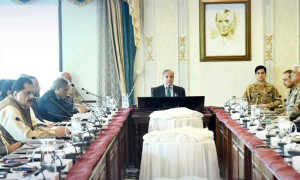
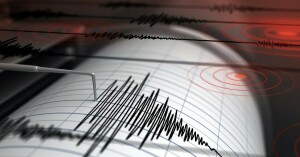


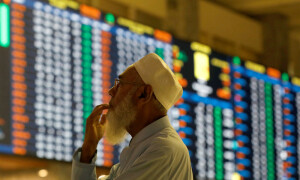
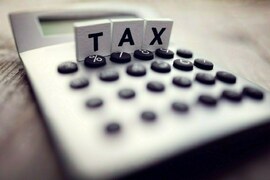


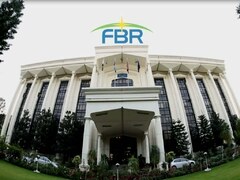

Comments
Comments are closed.